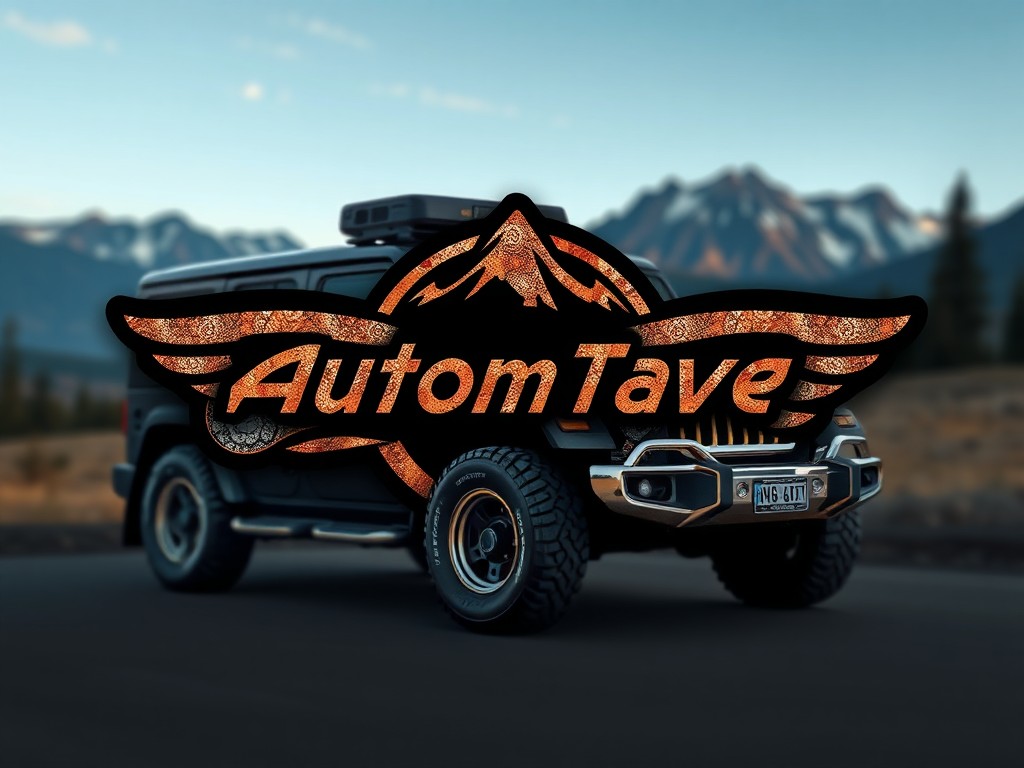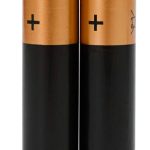Engine vibrations in an older model British sedan can be a common issue that disrupts the vehicle’s overall performance and comfort. Many factors can contribute to this problem: the age of the car, the wear and tear of the engine, the quality of the fuel used, and even the way the vehicle is driven. However, this doesn’t mean you have to live with this discomfort. There are several ways to effectively reduce engine vibrations, improving the driving experience and potentially extending the lifespan of your vehicle.
Understanding the Causes of Engine Vibrations
Before delving into how to reduce engine vibrations, it’s essential to understand what causes them in the first place. Engines in older model British sedans are particularly prone to vibrations due to a few key factors.
Additional reading : How can you optimize the air-to-fuel ratio in a British classic car for better efficiency?
The engine is the powerhouse of any vehicle. It combusts petrol to generate power, which is then transferred to the wheels, propelling the vehicle forward. Over time, several components within the engine can wear down, leading to a decrease in performance and an increase in vibrations.
Older engines often experience issues with the fuel system. If the system is clogged or damaged, it can lead to inefficient fuel combustion. This inefficiency results in low power output and rough engine operation, which manifests as vibrations.
Have you seen this : What are the most effective insulation materials for soundproofing a UK van?
High mileage is another common cause of engine vibrations in older model cars. As a vehicle racks up miles, various components start to wear out. These worn components can disrupt the balance of the engine, causing it to vibrate.
Checking for Engine Vibrations
One of the first steps to effectively reduce engine vibrations is to locate the source. Are the vibrations only noticeable when the vehicle is idling, or do they persist even when driving at high speed? Can the vibrations be felt throughout the car, or are they localized in one area? The answers to these questions will help determine the cause and ultimately the solution to the problem.
Perform a simple visual inspection of the engine bay. Look for any loose components that could be vibrating. Check the engine mounts, as these absorb much of the vibrations produced by the engine. If they are worn or broken, they will not perform their job effectively, leading to increased vibrations.
You can also use a stethoscope to listen for unusual noises within the engine. This tool can help identify any internal components that may be damaged or worn out.
Maintenance and Repairs
Once the cause of the engine vibrations has been identified, you can begin making the necessary repairs or maintenance. Depending on the severity of the problem, it may be a simple fix, or it may require more extensive work.
If the issue is due to worn or damaged engine mounts, replacing them should reduce the vibrations. Similarly, if you discover a problem with the fuel system, a thorough cleaning or replacement of damaged parts should help.
In some cases, the issue may lie within the internal components of the engine. This could include worn pistons, a broken camshaft, or damaged valves. In such situations, you may need to seek professional help to resolve the issue.
Engine Tuning
Engine tuning is another effective way to reduce engine vibrations. This process involves adjusting the engine’s parameters to improve its performance and efficiency.
One of the most common tuning methods is fuel injection tuning. This involves adjusting the amount of fuel that is injected into the engine, ensuring optimal combustion and reducing vibrations.
Ignition timing tuning is another popular method. This involves setting the exact moment when the spark plug ignites the fuel-air mixture in the engine’s cylinders. Proper ignition timing can significantly improve engine performance and reduce vibrations.
Upgrading to Modern Engine Technologies
Finally, if engine vibrations persist despite all these efforts, it may be time to consider upgrading to a modern engine technology. This could involve swapping out your older engine for a newer, more efficient model.
Many modern engines, such as the ones used in Nissan vehicles, are designed with high-resolution electric systems that significantly reduce noise and vibrations. These systems control the combustion process more effectively, resulting in smoother, quieter operation.
In conclusion, while engine vibrations can be a common issue in older model British sedans, there are several strategies you can employ to reduce them. By understanding the causes, regularly maintaining your vehicle, conducting necessary repairs, and considering modern technologies, you can enhance your vehicle’s performance and make every drive a smooth and enjoyable experience.
Embracing Electric Vehicles for Reduced Vibrations
For some owners of older model British sedans who have tried all the repair and maintenance tips, the engine vibrations persist. If this is the case, the next logical step might be to explore the world of electric vehicles. Electric vehicle technology has advanced significantly in recent years, and these vehicles are known for their smooth, vibration-free driving experience.
One of the key aspects of an electric vehicle is its lithium-ion batteries. These batteries store energy that powers the electric motors, which turn the wheels. Unlike petrol engines, electric motors don’t involve internal combustion – a major cause of vibrations. As such, electric vehicles inherently produce far fewer vibrations, providing a much smoother ride.
Renowned automobile manufacturers like Renault and Nissan have made significant strides in electric vehicle technology. The Nissan Leaf, for example, is one of the world’s best-selling electric cars. It features a high-end motor and advanced lithium-ion batteries, providing a quiet, vibration-free driving experience.
Moreover, the shift to electric vehicles also has several other benefits. Besides their low noise levels, they are also more energy-efficient, leading to lower fuel consumption. This not only saves you money but also contributes to a greener and more sustainable environment.
The Hybrid Option
For those who are not ready to fully transition to electric vehicles, a hybrid option might be the best compromise. Hybrid cars combine a petrol engine with an electric motor, providing the best of both worlds.
In a hybrid vehicle, the electric motor works at lower speeds, while the litre petrol engine kicks in at higher speeds. This dual system reduces the overall strain on the engine, resulting in fewer vibrations.
Some hybrid cars also feature advanced engine designs that reduce vibrations. For instance, a flat plane crankshaft design can offer a more balanced rotation, which significantly reduces engine vibrations. Similarly, a cross plane crankshaft design can also help to lower the vibration levels.
Hybrid vehicles like the Renault-Nissan series are known for their high performance. They combine a powerful electric motor with a highly efficient petrol engine, providing a smooth, vibration-free driving experience.
In conclusion, reducing engine vibrations in an older model British sedan might involve several steps ranging from regular maintenance and repairs, engine tuning, to embracing modern technologies like electric and hybrid vehicles. By identifying the cause and choosing the right solution, you can significantly improve your car’s performance and comfort, making every drive an enjoyable experience. While electric vehicles and hybrid cars may require an initial investment, the long-term benefits in terms of reduced fuel consumption and lower maintenance costs can make them a worthy alternative.











